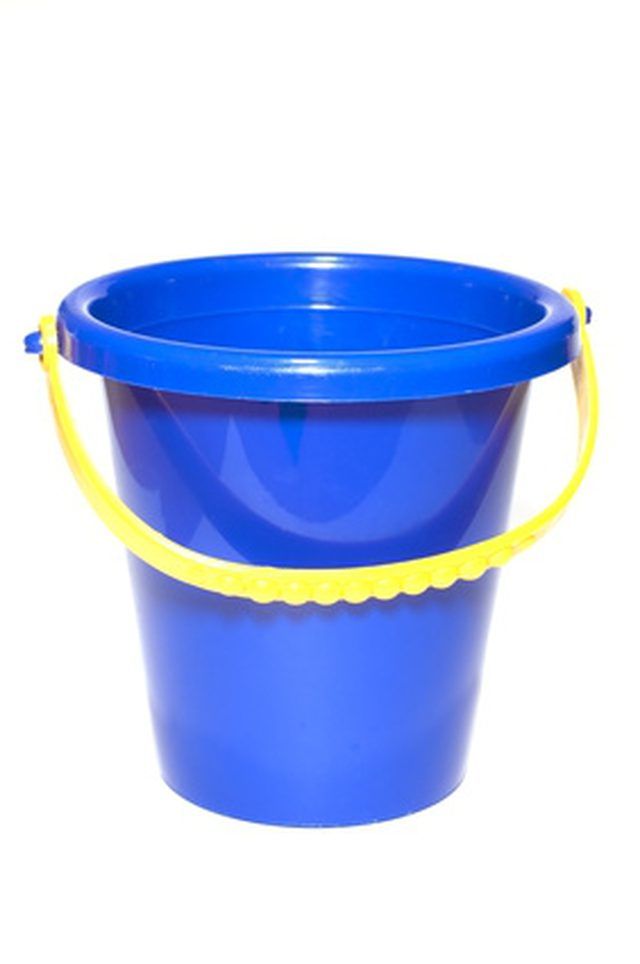Bulbs
Flower Basics
Flower Beds & Specialty Gardens
Flower Garden
Garden Furniture
Garden Gnomes
Garden Seeds
Garden Sheds
Garden Statues
Garden Tools & Supplies
Gardening Basics
Green & Organic
Groundcovers & Vines
Growing Annuals
Growing Basil
Growing Beans
Growing Berries
Growing Blueberries
Growing Cactus
Growing Corn
Growing Cotton
Growing Edibles
Growing Flowers
Growing Garlic
Growing Grapes
Growing Grass
Growing Herbs
Growing Jasmine
Growing Mint
Growing Mushrooms
Orchids
Growing Peanuts
Growing Perennials
Growing Plants
Growing Rosemary
Growing Roses
Growing Strawberries
Growing Sunflowers
Growing Thyme
Growing Tomatoes
Growing Tulips
Growing Vegetables
Herb Basics
Herb Garden
Indoor Growing
Landscaping Basics
Landscaping Patios
Landscaping Plants
Landscaping Shrubs
Landscaping Trees
Landscaping Walks & Pathways
Lawn Basics
Lawn Maintenance
Lawn Mowers
Lawn Ornaments
Lawn Planting
Lawn Tools
Outdoor Growing
Overall Landscape Planning
Pests, Weeds & Problems
Plant Basics
Rock Garden
Rose Garden
Shrubs
Soil
Specialty Gardens
Trees
Vegetable Garden
Yard Maintenance
History of Buckets
History of Buckets. Open-ended containers with flat bottoms have existed since ancient times. Vessels commonly referred to as buckets, typically with a handle, or bail, across the top, are medieval inventions. Numerous materials have been used in the manufacture of buckets.
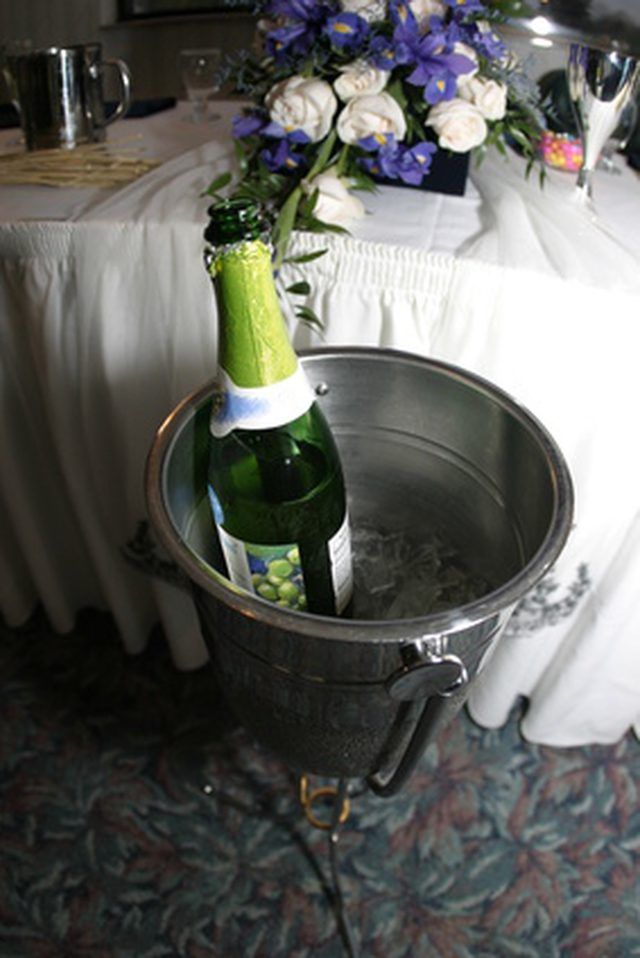
Open-ended containers with flat bottoms have existed since ancient times. Vessels commonly referred to as buckets, typically with a handle, or bail, across the top, are medieval inventions. Numerous materials have been used in the manufacture of buckets.
Etymology
The word bucket appeared in the 13th century. It possibly derives from the Old English word "buc," meaning pitcher, bulging vessel or belly. Animal organs may have constituted the earliest buckets.
Firefighting
Leather buckets, made from animal hides, became standard household items in Colonial America. Men and boys attended fires with buckets personally marked for easy retrieval after the confusion.
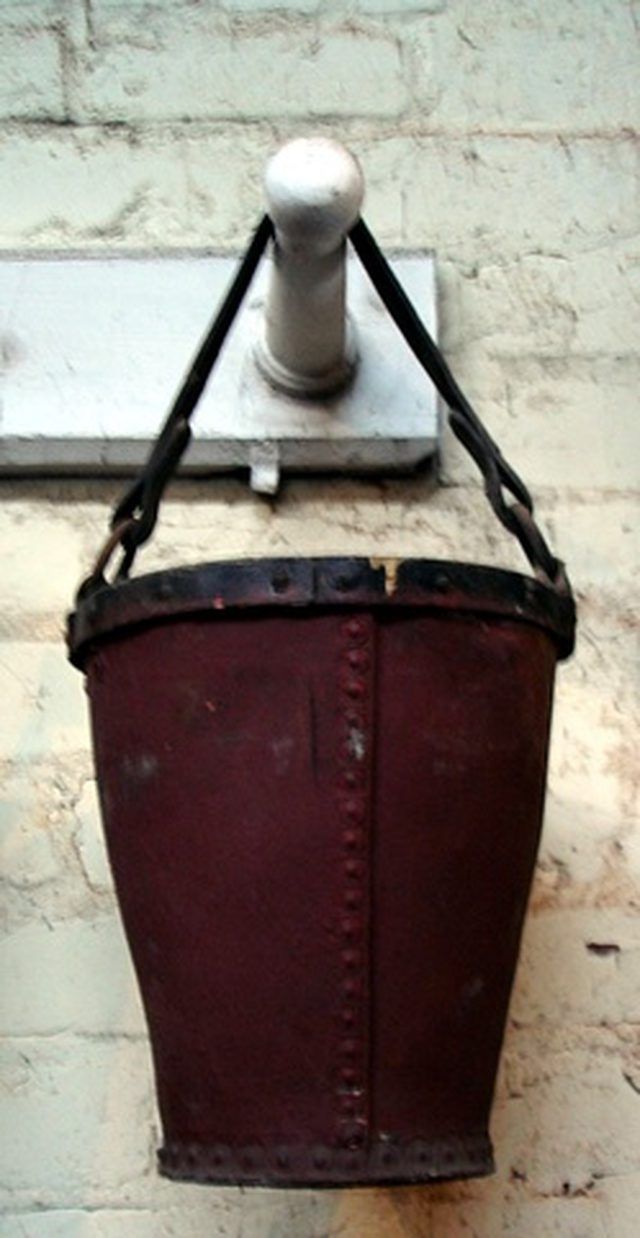
Wooden Buckets
Coopers fashioned wooden buckets by fitting wooden staves inside metal rings in the Middle Ages. Wet coopers specialized in watertight buckets, while dry coopers made buckets that could not hold water.
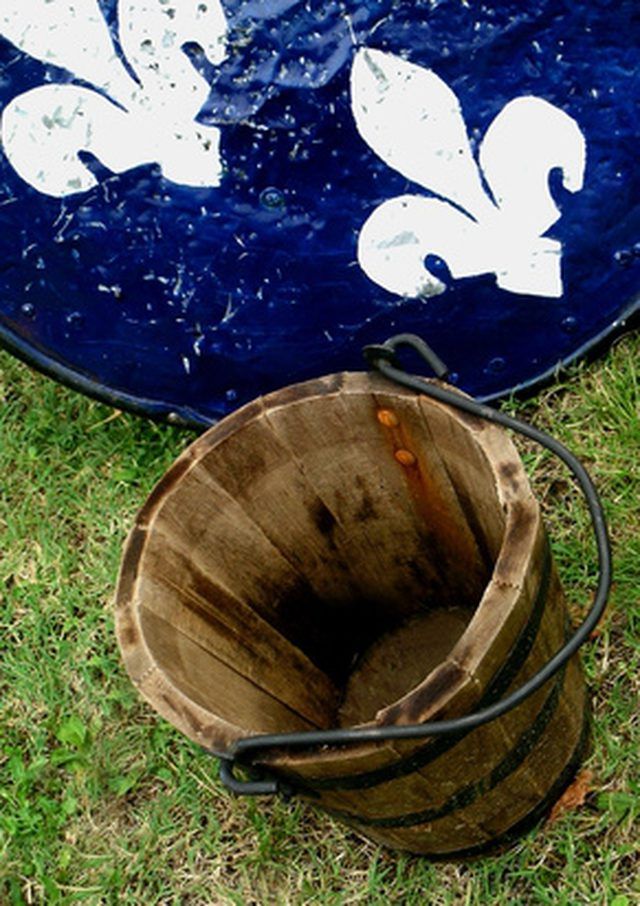
Galvanized Iron
Stanislas Sorel patented galvanization in 1837. The metallurgical process shielded iron or steel with a zinc-coating. For buckets, the process promised sturdy construction without fear of rust. Galvanized iron buckets replaced leather buckets as the firefighting buckets of choice.
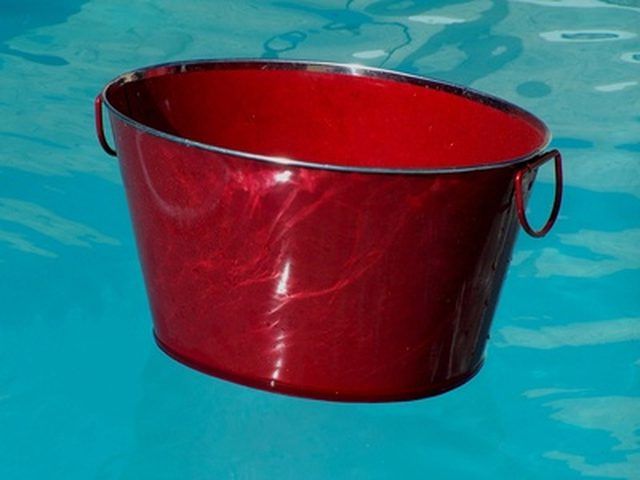
Plastic
The first plastic buckets hit the market in 1967, but the first plastic pail covers did not follow until 1971. Until that time, metal covers sealed plastic buckets.
